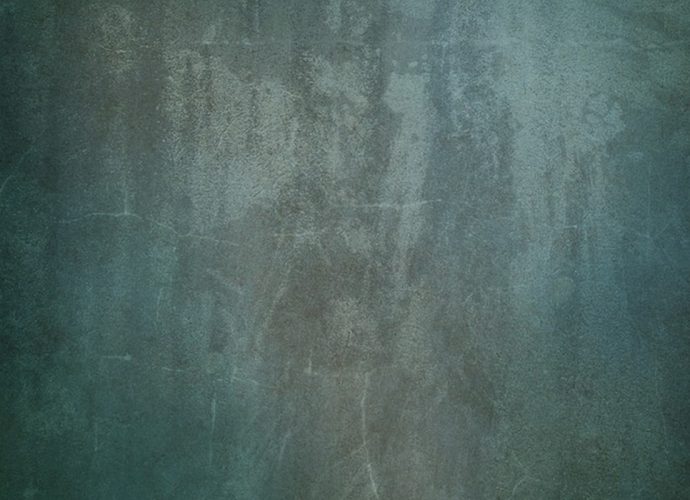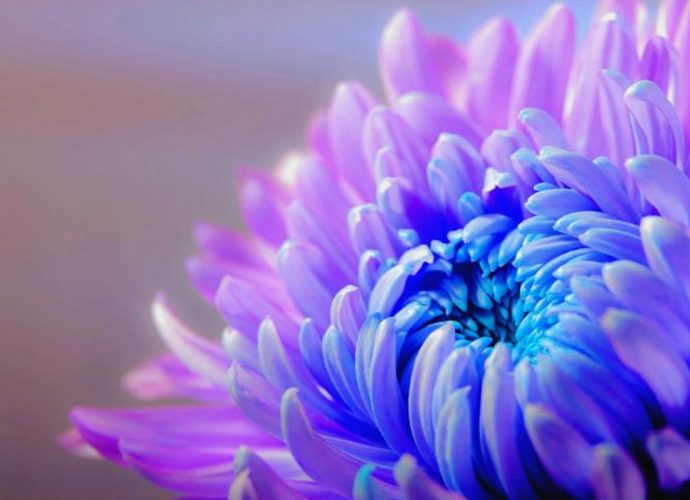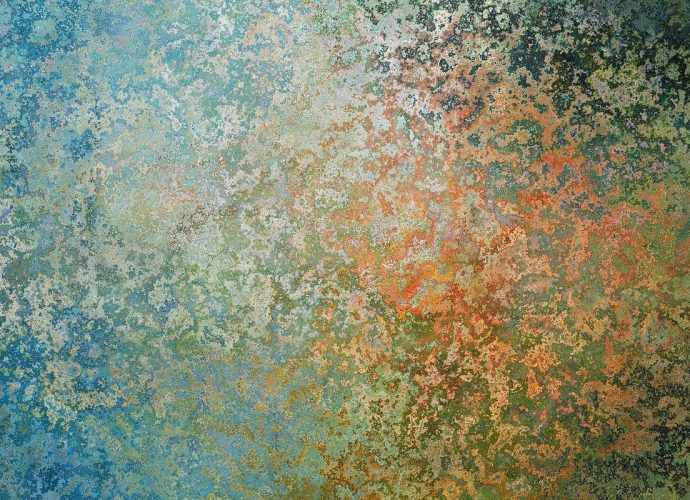Are Corn Cobs Green Or Brown Compost?
Corn cobs and husks Break up old cobs and bury them near the root systems of your plants. Worms are particularly attracted to corn cobs, and happy worms make for happy gardens. Corn husks break down easily and are a great source of nutrients for the soil. What do farmersRead More →





